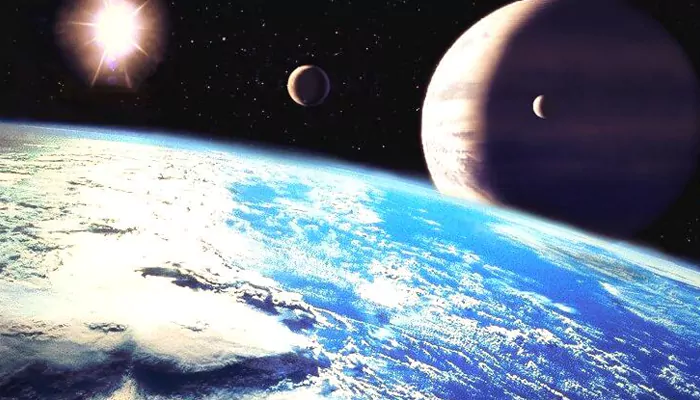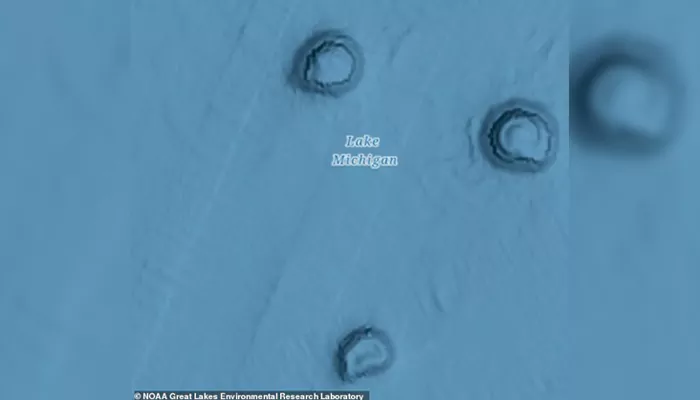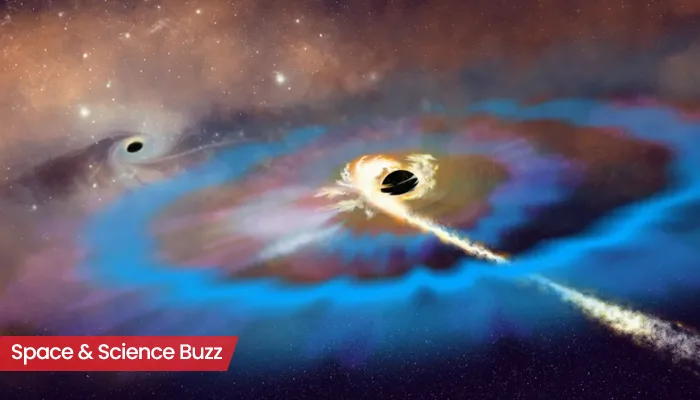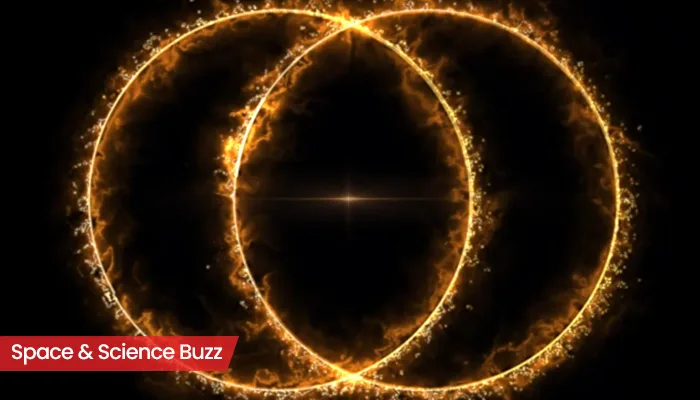
Here are today’s most important updates from the realm of Science and Space.
Venus Beckons: ISRO Reveals Launch Date for Ambitious Venus Orbiter Mission
The Indian Space Research Organisation (ISRO) announced that Venus Orbiter Mission (VOM), aimed at studying various aspects of the planet, is scheduled for launch in March 2028. Utilising the new heavy-lift launch vehicle, LVM-3 rocket, the mission will explore Venus's atmosphere and surface. The orbiter is expected to arrive in Venus around July 19, four months after launch. The total budget of this mission is approximately 1,236 crore (INR).
Hottest planet in the solar system, Venus is considered key to understanding planetary evolution, as it may have once had conditions similar to Earth.
Cosmic Breakthrough: Carbon Dioxide Found on Pluto’s Moon Charon by NASA’s Webb
The #JWST has made a significant discovery on Pluto's largest moon, Charon. Researchers detected carbon dioxide (CO2) and hydrogen peroxide (H2O2) on its surface for the first time. The CO2 appears to form a surface layer atop water ice, likely brought to the surface by cratering… pic.twitter.com/g814eQxXSS
— Erika (@ExploreCosmos_) October 3, 2024
(Credit - X/@ExploreCosmos_)
Scientists at Southwest Research Institute made remarkable discovery utilizing the James Webb Space Telescope. The findings suggest Charon, Pluto's largest moon has carbon dioxide along with previously discovered ice, ammonia, and organic compounds. The study revealed chemical on Charon's icy surface is altered by ultra-violet (UV) light and solar wind.
Charon was first discovered in 1978 by James Christy and Robert Harrington at the U.S. Naval Observatory in Flagstaff, Arizona. Meanwhile, Charon is responsible for Pluto failing the selection criteria of planet. The study offers valuable insights into the Pluto's mysterious and icy landscape.
New Hope for Extraterrestrial Life: Uranus’ Moons Might Host Liquid Oceans

Re-analysis of NASA's Voyager 2 spacecraft data, which flew by the Uranian system in 1986, revealed Uranus' largest moons like Ariel, Umbriel, Titania, and Oberon might hold internal liquid oceans between their cores and icy crust. "The most exciting prospect at the (Uranian) moons is that they could still host subsurface oceans at present. It is a low probability for some of them, so if the mission does find oceans in all/most of them, then it will help better understand what mechanisms help keep the interiors of these moons warm," said Julie Castillo-Rogez, a planetary scientist at NASA's Jet Propulsion Laboratory.
Experts believe that a mission to Uranus can investigate the thermal conditions of these moons of Uranus. Meanwhile, only Jupiter's and Saturn's moons have been on the radar in this area, till now.
Mysteries Beneath: 40 Huge Craters Found at Lake Michigan’s Floor

The National Oceanic and Atmospheric Administration's (NOAA) Great Lakes Environmental Research Laboratory (GLERL) has discovered around 40 peculiar structures at the bottom of Lake Michigan. “There were dozens of them in our search grid. Most ranged between 500 and 1,000 feet in diameter and were irregular in shape,” said Brendon Baillod, the shipwreck hunter who first noticed them in 2022. Scientists previously detected similar depressions at the bottom of Lake Huron, bordering Michigan and Canada, however, they turned out to be sinkholes after research. As these structures often harbour ancient life forms at the seafloor, further research including DNA analysis is suggested by researchers.

.webp)
.WEBP)
.WEBP)
.webp)
.webp)


.webp)
.webp)
.webp)

